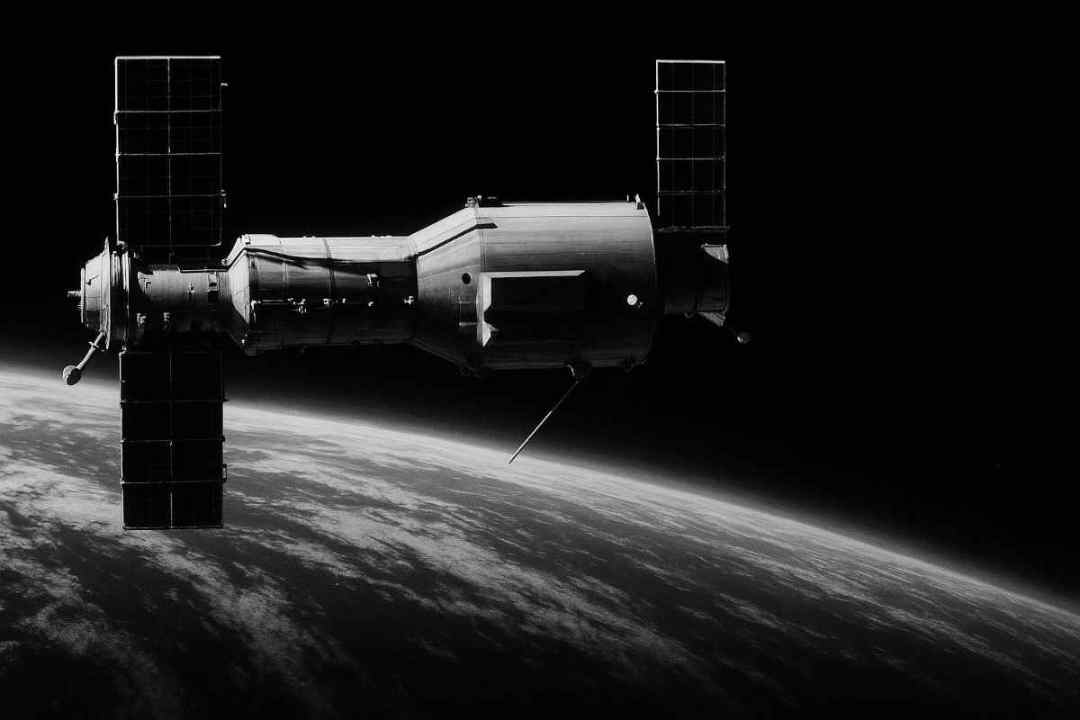
Salyut 1: The First Space Station
April 19, 1971 - Beginning of Long-Duration Space Habitation
A New Era in Space Exploration
Salyut 1, launched on April 19, 1971, during Leonid Brezhnev's leadership, was humanity's first space station. This pioneering orbital outpost marked the beginning of a new era in space exploration, focusing on long-duration missions and scientific research in space.
The station was designed using advanced Soviet space technology to test the systems needed for permanent space habitation and to conduct scientific research that could only be performed in the unique environment of space.
Technical Specifications
- Length: 15.8 meters
- Maximum Diameter: 4.15 meters
- Habitable Volume: 90 cubic meters
- Launch Mass: 18,425 kg
- Orbital Altitude: 200-225 km
Station Design and Capabilities
Salyut 1 consisted of several compartments, including a main work and living area, an airlock for spacewalks, and various scientific instruments. The station was equipped with solar panels for power generation and systems for maintaining a habitable environment in space. This design would influence future space stations for decades to come.
The station featured specialized equipment for conducting experiments in materials science, biology, Earth observation, and other fields. It also served as a test bed for technologies that would be crucial for future space stations.
Missions and Achievements
Two crews were launched to Salyut 1. The first mission, Soyuz 10, was unable to dock with the station. The second mission, Soyuz 11, successfully docked and the crew spent 23 days aboard the station, setting a new record for the longest time humans had spent in space.
During their stay, the Soyuz 11 crew conducted numerous scientific experiments and demonstrated that humans could live and work in space for extended periods. Tragically, the crew was lost during their return to Earth due to a depressurization of their capsule.
Legacy
Salyut 1 operated for 175 days before being intentionally deorbited. Despite its relatively short lifespan, it proved the feasibility of long-term human presence in space and paved the way for future space stations, including subsequent Salyut stations, Mir, and the International Space Station.